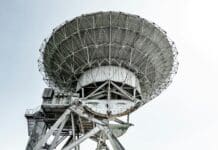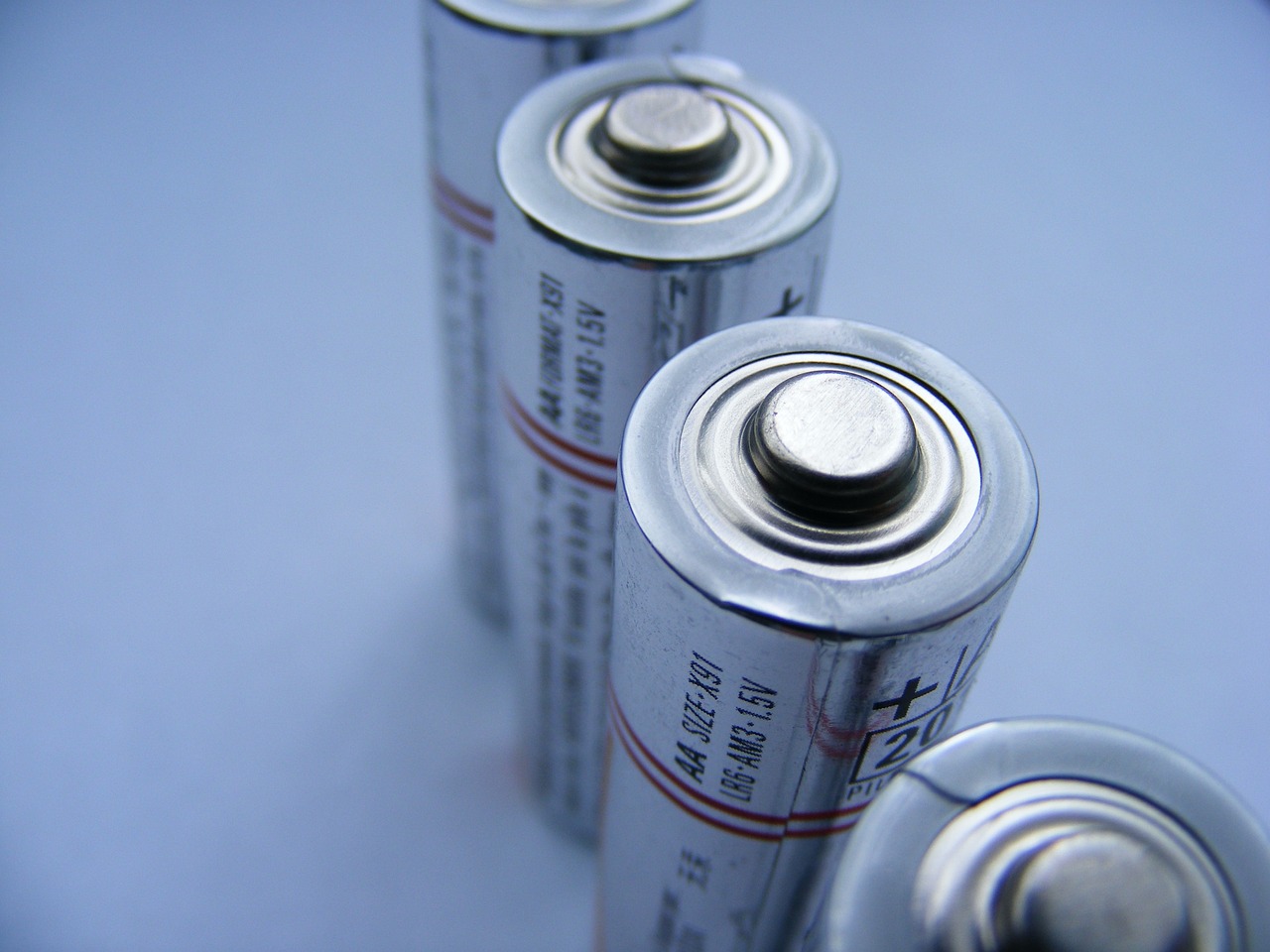This post is also available in:
 עברית (Hebrew)
עברית (Hebrew)
The world’s escalating space-based tensions caused the US Space Force to reexamine and intensify its efforts to protect and defend spacecraft against potential attacks.
The Space Force is working on ensuring these spacecraft can withstand a nuclear threat, as was reported by DefenseNews. There is a plan for a long-term plan to enhance the Space Force’s missile tracking capabilities, especially when it comes to hypersonic threats from China and Russia (which are both developing hypersonic missiles and building or testing anti-satellite weapons).
According to Interesting Engineering, the SDA has so far launched eight missile-tracking satellites in LEO, while the SSC is preparing to launch its inaugural MEO (medium Earth orbit) spacecraft in 2026. Both organizations are launching and deploying their satellites in batches, planning to release new versions every few years.
Furthermore, the Space Force intends to slowly phase out older systems until it only relies on new satellite architecture.
Col. Rob Davis, who manages space sensing acquisitions, stated that the Space Force is prioritizing improving the tracking of fast, hard-to-spot targets over ensuring the survivability of new satellites in a nuclear attack, a decision that comes from their need for better tracking capabilities, as well as the costs of increasing spacecraft resilience.
Davis also mentioned that a goal of the ongoing study is to identify nuclear protection options that align with the long-term architecture plans of the service, saying that “with an agile approach to development, we’ll look at the outcome of that study… it may affect future epochs or potentially future tranches of both SDA’s work and our work to make sure we’re meeting the full requirements for the nation.”
The SDA reports it intends to launch 500 satellites within four years as part of its PWSA program meant to boost resilience against anti-satellite threats – this includes a Transport Layer for data communications and a Tracking Layer for missile-warning sensors. However, the SDA must still overcome some hurdles and has not yet demonstrated its systems’ capabilities at scale, or proved the effectiveness of the proliferated satellite architecture.


























